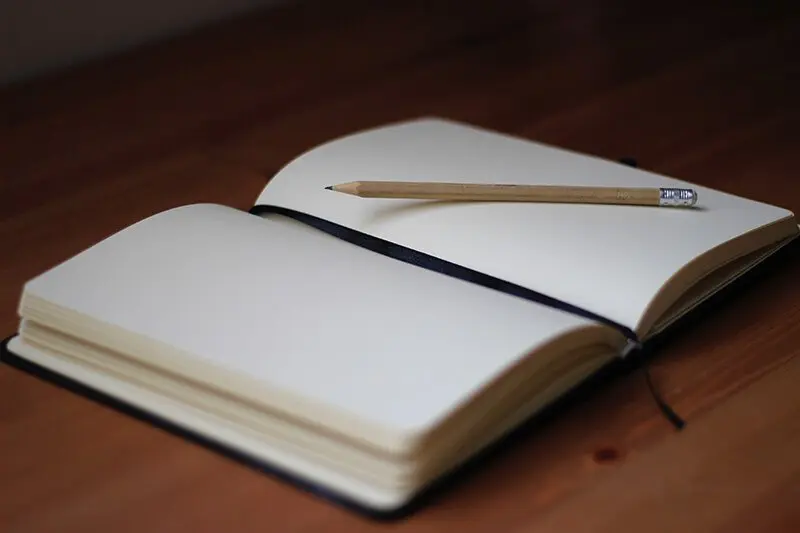What is a mindfulness notebook?
A mindfulness journal is much more than a notebook and a pen. Mindfulness journaling can be as therapeutic as meditation. For a meditation session to be effective, it is important that you fully understand meditation. This is also true for the mindfulness journal. You should practice mindfulness journaling every day using prompts from a journal or a mentor to help you think.
Let’s begin with the journal. There are many types of mindfulness journals. Let’s begin with the journal. You can access digital journals such as Evernote from your iPad. Amazon also offers plain journals. There are plain journals available from Amazon. There is no one journal you should purchase. It is not necessary to buy expensive journals. It is believed that certain materials can be helpful.
If possible, avoid digital journals
The mindfulness that digital journals can provide is not as strong as the physical experience of writing. Writing on paper is more effective at retaining information than typing on a computer. It also limits distractions when you sit down and write by hand. Some people find it difficult to focus on a device that encourages distraction.
A mindfulness journal with prompts for writing is a great way to get started. If you are a complete beginner, a blank journal will give you more freedom.
You should always have a stylish journal and a pencil or pen, perhaps even one in a different color. To capture their childish creativity, some people write in crayon. Every stroke you make on the paper will relieve stress and unwanted thoughts.
A journal is a great way to express your feelings and frustrations. After reading the prompts, it is a good idea to physically write and then work out your thoughts.
Use your journal to get creative
You can also write with a keyboard or a typewriter to create mindfulness journals. Journaling has a unique effect due to the difficult act of writing. This creates a feeling of “working out the thoughts” and creates a mindfulness-awareness atmosphere.
Mindfulness journals provide a calm environment for concentration that is free of noise, so that people can have a therapeutic experience while writing with labor.
Keep in mind that the intention of the mindfulness journal to help you get your thoughts down on paper is not to be a distraction. You can be as creative or as simple as you like and explain why you feel that way. You can also share your thoughts on topics through songwriting, poetry, or other creative methods. You can write at any time you feel the most clear, regardless of whether it’s morning or night. You don’t have to express yourself at any given time. Just when you feel the need, you can.
How to use a mindfulness notebook
A mindfulness journal can be either digital or physical and contains specific prompts to help you write. Your mindfulness journal should be physically based. You may print the digital journal to be able to write on paper.
Open a mindfulness journal and write prompts. Next, go to the current day of your week. You will be guided by the paper on what topic to write. Answer each prompt as best you can. You can take as much or as little time to gather your thoughts. Do not feel pressured to rush through your mindfulness journaling. It is not a race.
If you are using journals that don’t have writing prompts, you can date the page you start. Track your progress. As you write, be aware of your surroundings. Write with a purpose. Write honestly and take a moment to reflect on what you have written.
You can write whatever you like. There is no one right or wrong way you can use your mindfulness journal. You can make it yours. You can set your own guidelines and rules.
Write about your day, your life, problems, thoughts, or any other topic that would allow you to express yourself right now. Write down any thoughts or experiences you have had during today’s meditation practice. Discuss a conflict that you and someone else had to resolve. Describe your most aware or mindful experience today.
What you write in your journal will influence what you write. You might write about your plans for the next day if you write in the morning. You might write about your experiences or goals for tomorrow’s day if you write in the afternoon. Make it work for your needs.
Set a timer to allow you to review and reflect on previous journal entries. We often spend too much time writing in our mindfulness journals that we don’t have the time to read and reflect on what has been written. Take a few minutes each quarter to review previous entries. This will give you an insight into the patterns and common things that you write about. This data can be used to improve your mindfulness and adjust it.












